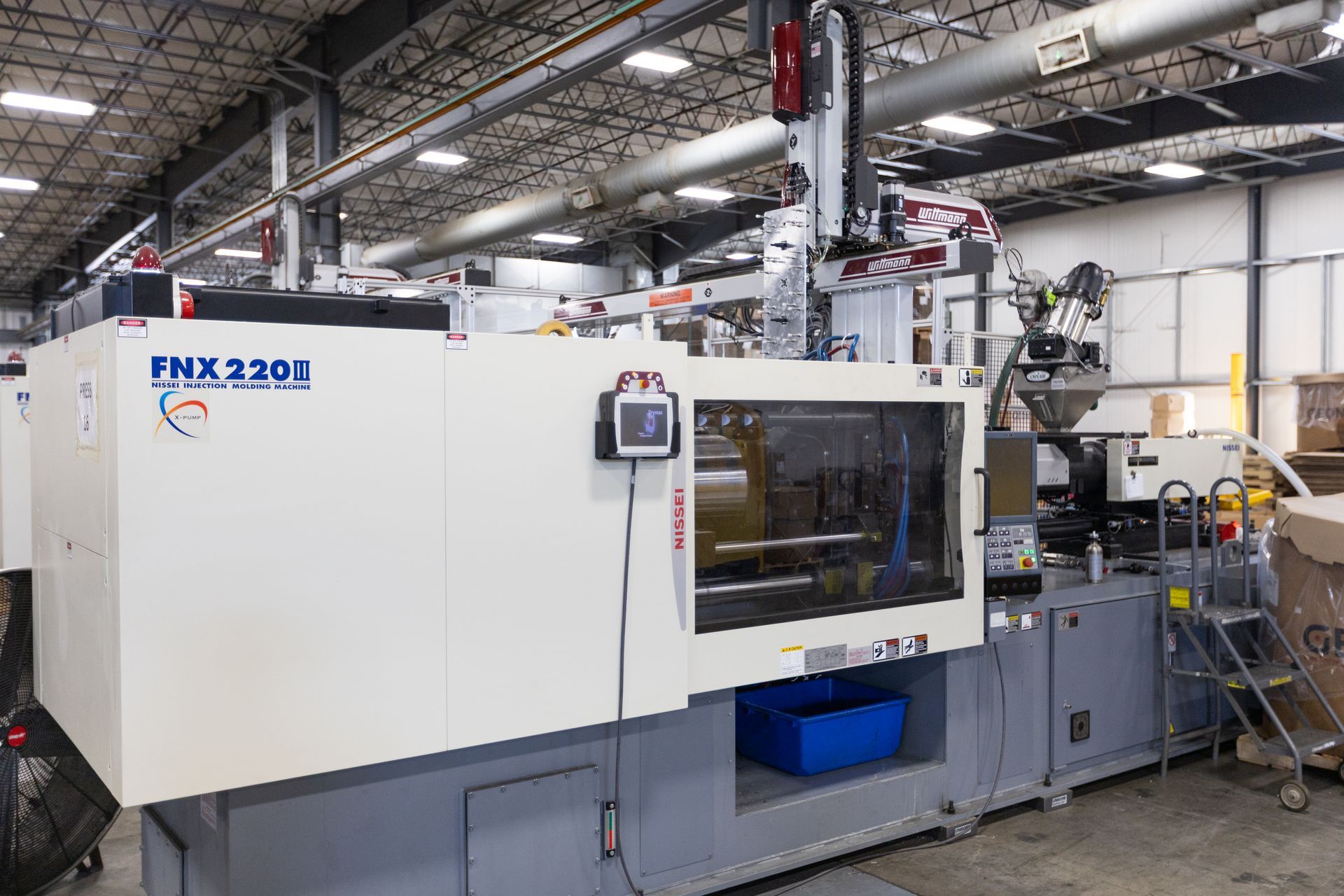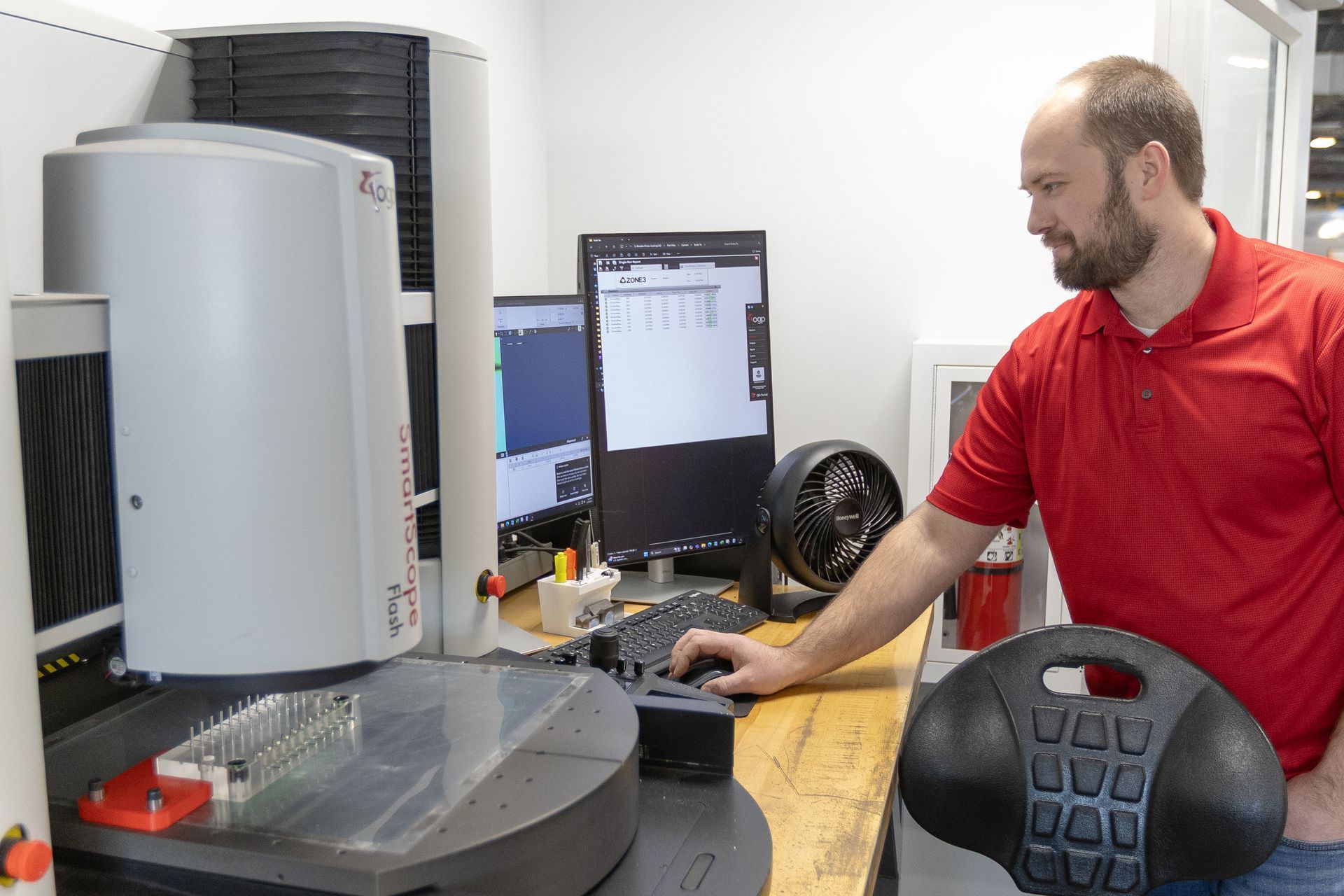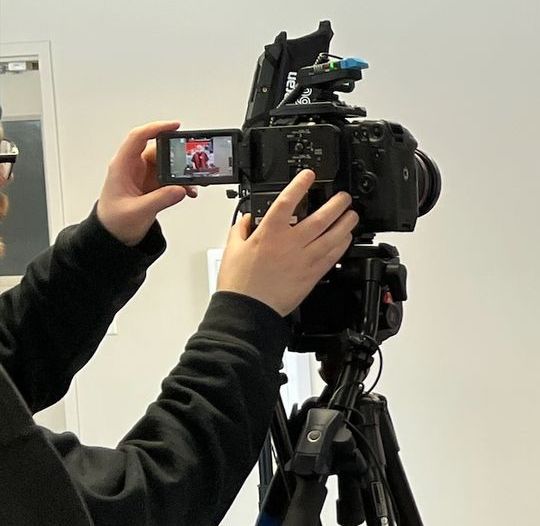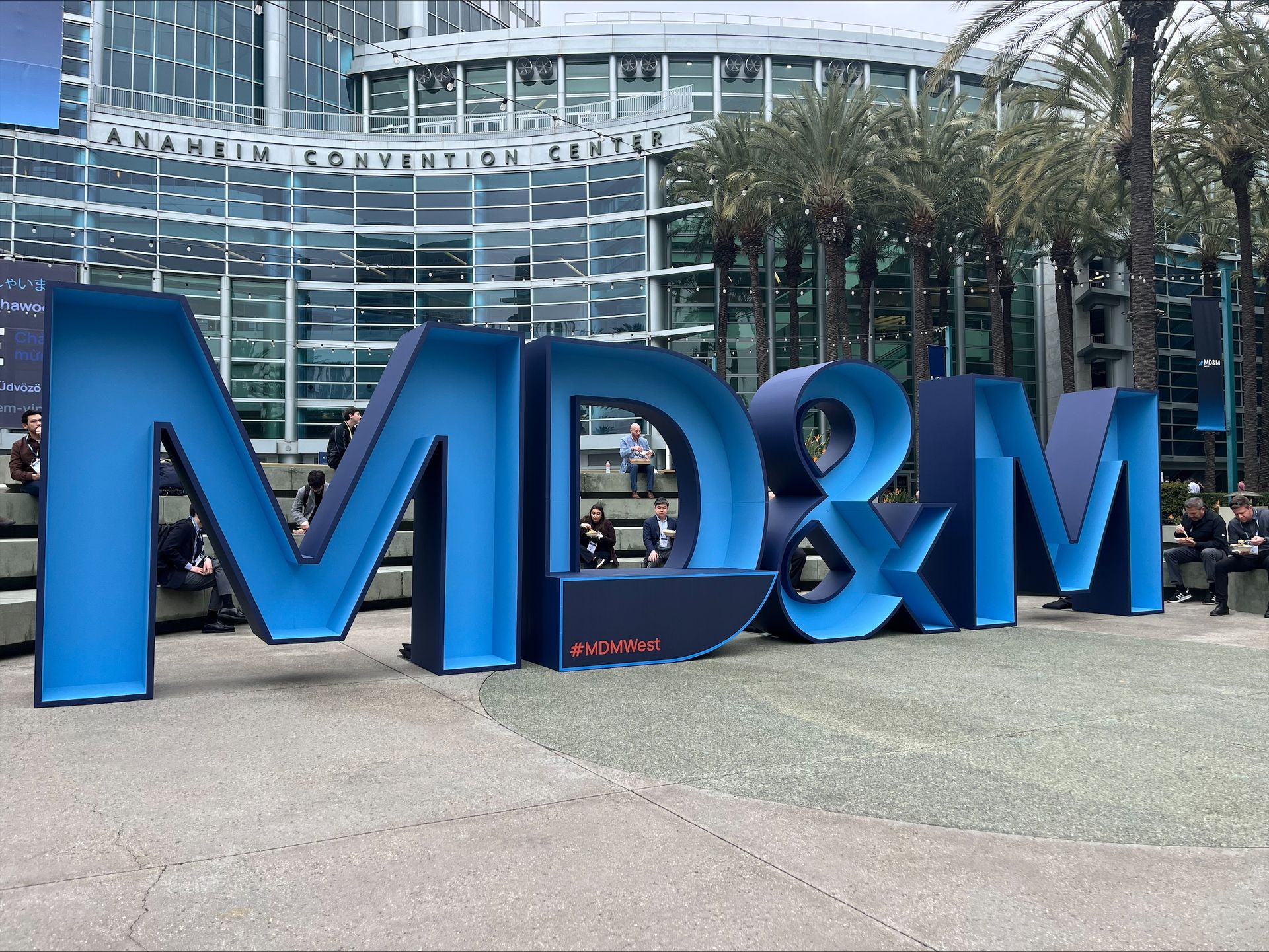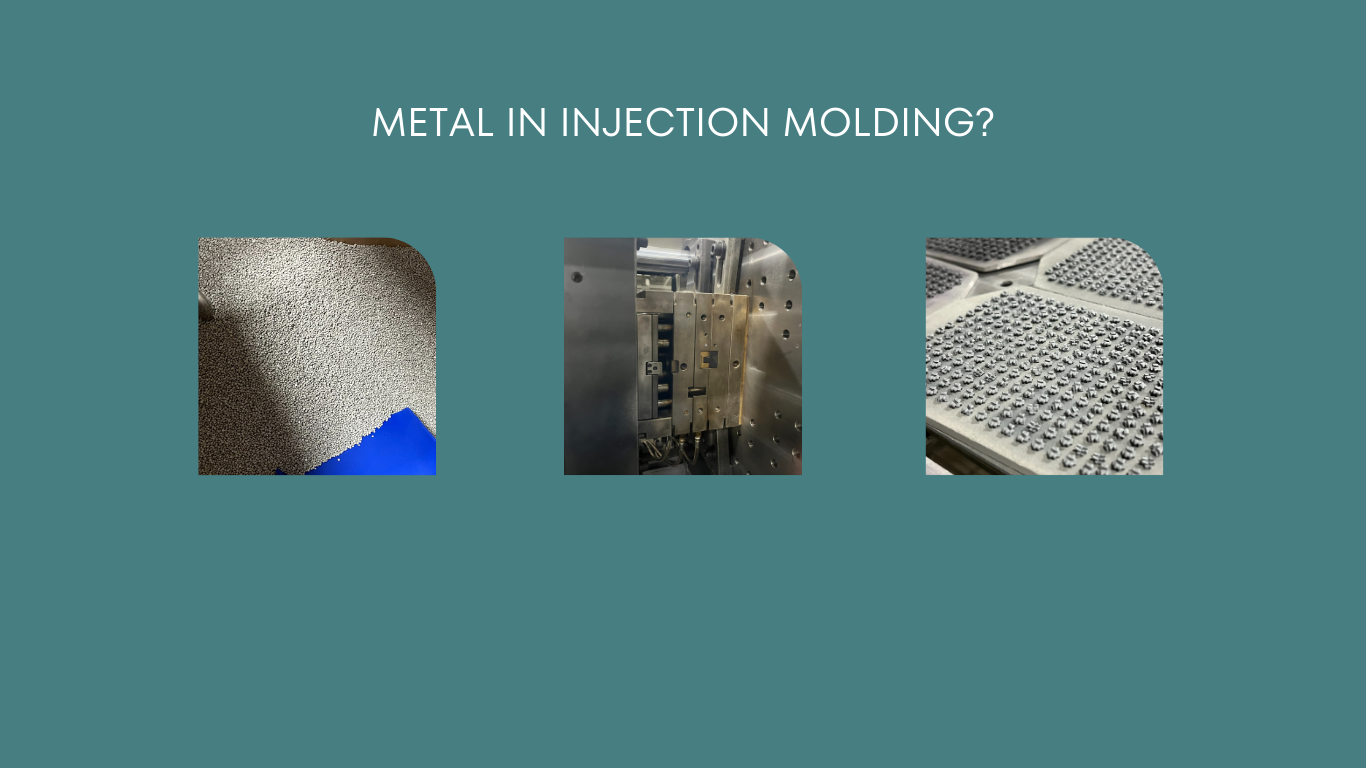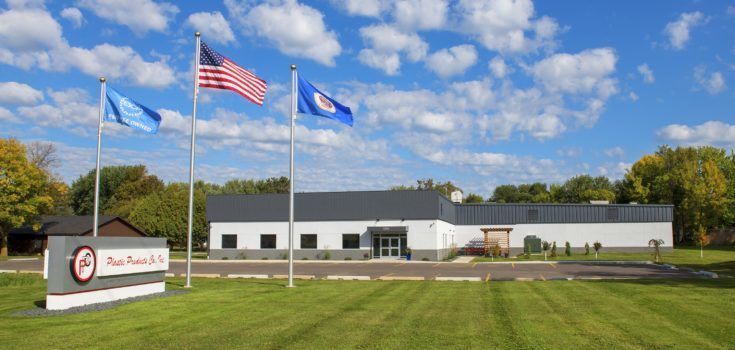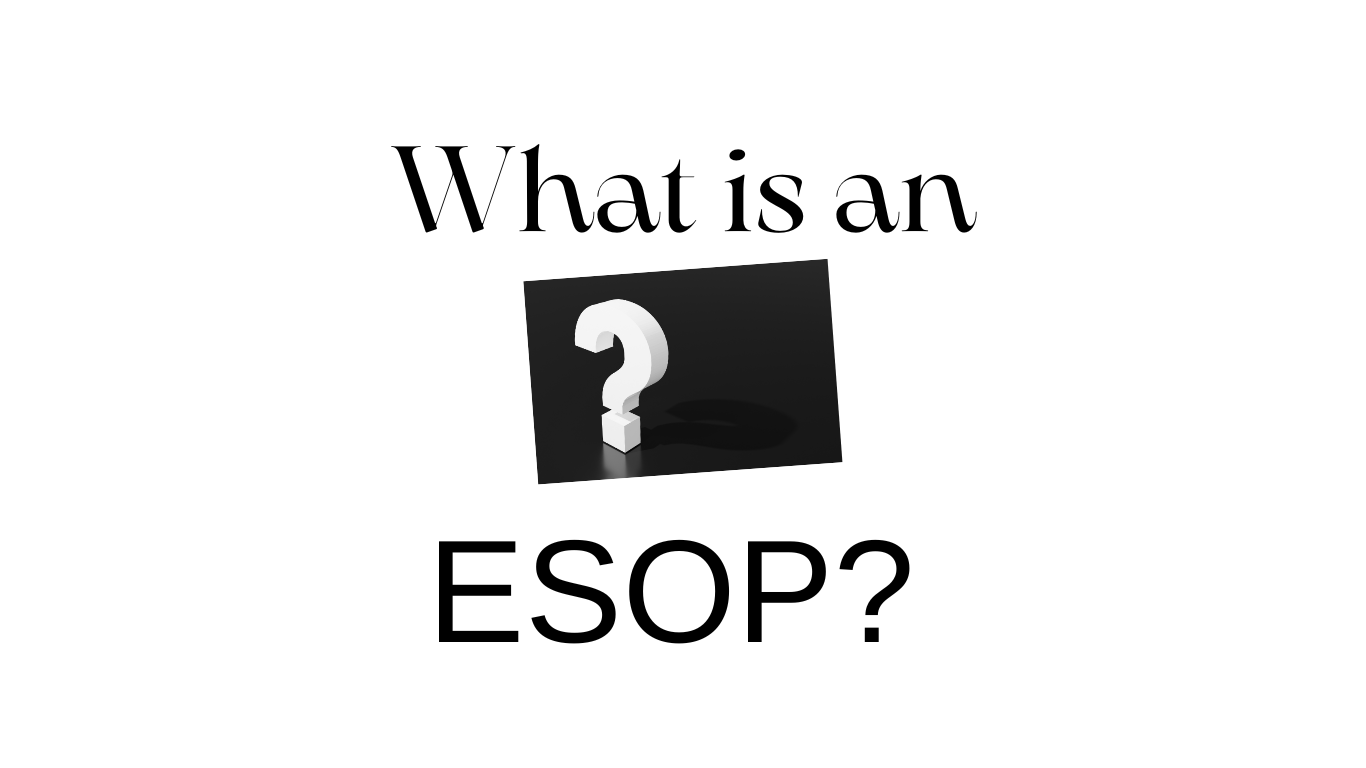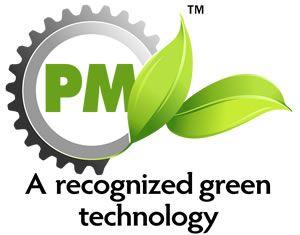by Ashley Paulson
•
28 February 2025
Last week on Tuesday, Perkins Media visited Smith Metal Products in Center City, Minnesota. They spent the day capturing what we do at Smith Metal Products, why our employees want to be here, and why customers like working with Smith. It is difficult to capture everything you want to say in a short video, but we are excited to see the end result. The video will be used on our website as well as in our tradeshow booths. Here are some things we are looking to communicate through the video: 1. We value our customers and work hard every day to make high-quality products. 2. Since we are employee-owned, employees have an ownership mentality that translates to deeply caring about the products and service we provide. 3. Smith Metal Products takes care of our employees, and they are able to grow wealth for retirement through the ESOP (employee stock ownership plan). 4. We make everything in the USA. By working with us, customers are supporting American jobs. In addition, customers do not have to worry about long overseas lead times, higher shipping costs, uncertain tariffs, and parts getting delayed in customs. 5. Collaboration is important to us. We like to be involved in the product development process early to provide feedback on design for manufacturing. We can describe how different features will affect the metal injection molding process and ways we may be able to save the customer money by removing the need for some secondary machining operations. 6. We are a metal injection molding (MIM) company. Not every part is a good fit for MIM. If we think that a potential customer's part design could be made better in a different way (due to wall thickness, lack of complexity, low volumes, etc.), we will be honest and communicate that. We want our customer to be happy and confident in the choice to work with us. Looking at the list above, we might need a couple videos, but we are excited for some fresh content. We are here and ready to collaborate! If you have a design that might be a good fit for MIM, email us at DFM@smithmetals.com Do you need video content for your business? Find out more about Perkins Media at www.perkinsmediagroup.com or email them at info@perkinsmediagroup.com

